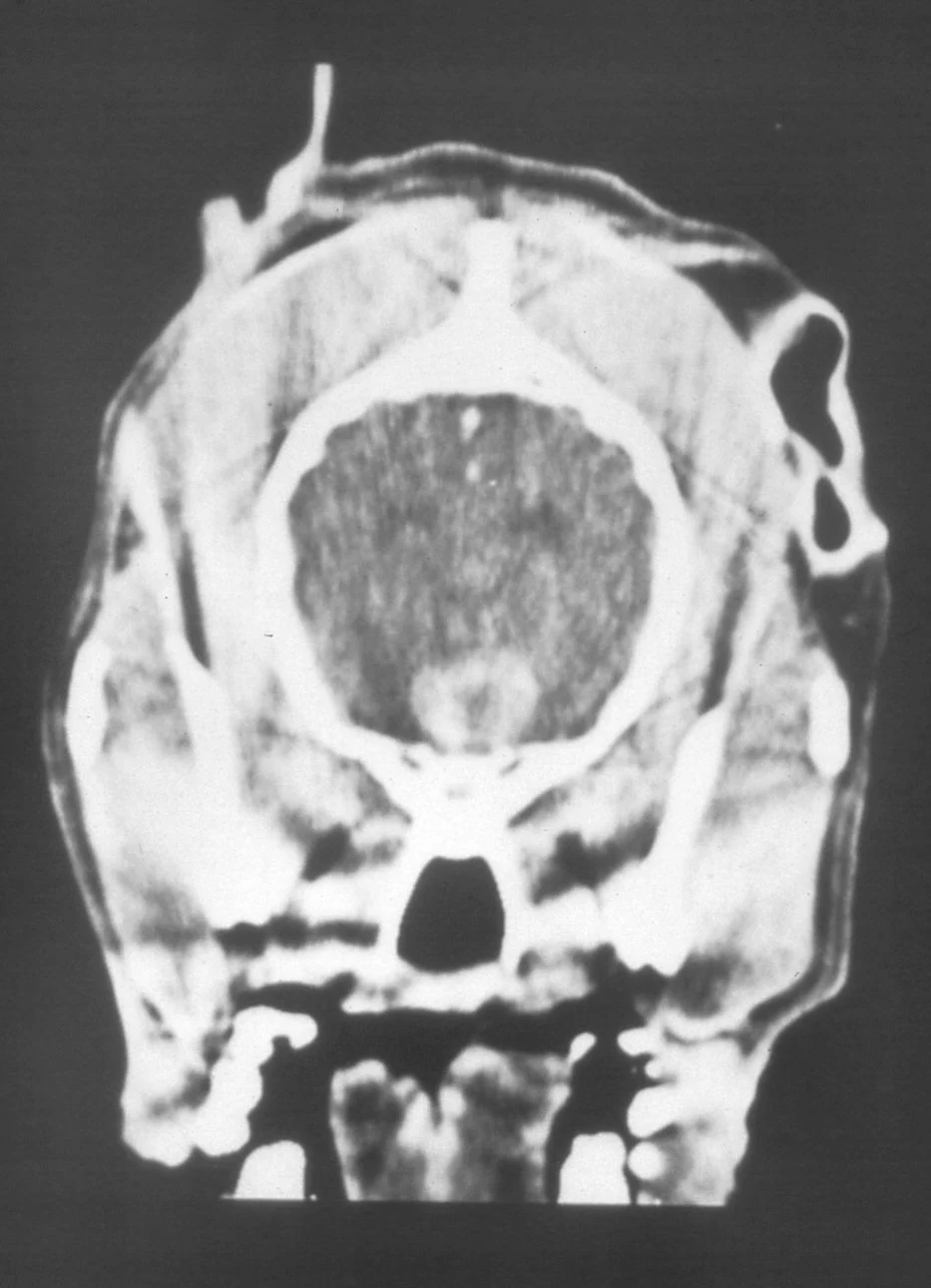Pituitary Apoplexy & Cushing's Disease
Michael Schaer, DVM, DACVIM, DACVECC, University of Florida

Cushing's disease refers to a common endocrinopathy in dogs that occurs when a pituitary tumor overproduces adrenocorticotropic hormone (pituitary-dependent hyperadrenocorticism). This overproduction results in bilateral adrenal enlargement and clinical signs of cortisol excess.
Most dogs never develop signs related to the underlying pituitary tumor; however, 10% to 20% of dogs with Cushing's disease that develop large macroadenomas (> 10 mm in diameter) will show clinical signs related to the mass occupying space in the diencephalon. These signs consist of mental depression, increased ventilation, lethargy, loss of appetite, head pressing, circling, and stupor.
Related Article: Cancer & the Pituitary-Adrenal Axis
Pituitary apoplexy is characterized by hemorrhage caused by the expanding tumor and is associated with a sudden appearance or progression of neurologic signs. Diagnosis depends on an index of suspicion based on previous signs compatible with Cushing's disease as well as the acute onset of neurologic signs. It is ideally confirmed by the appearance of a large pituitary lesion on CT or MRI.
